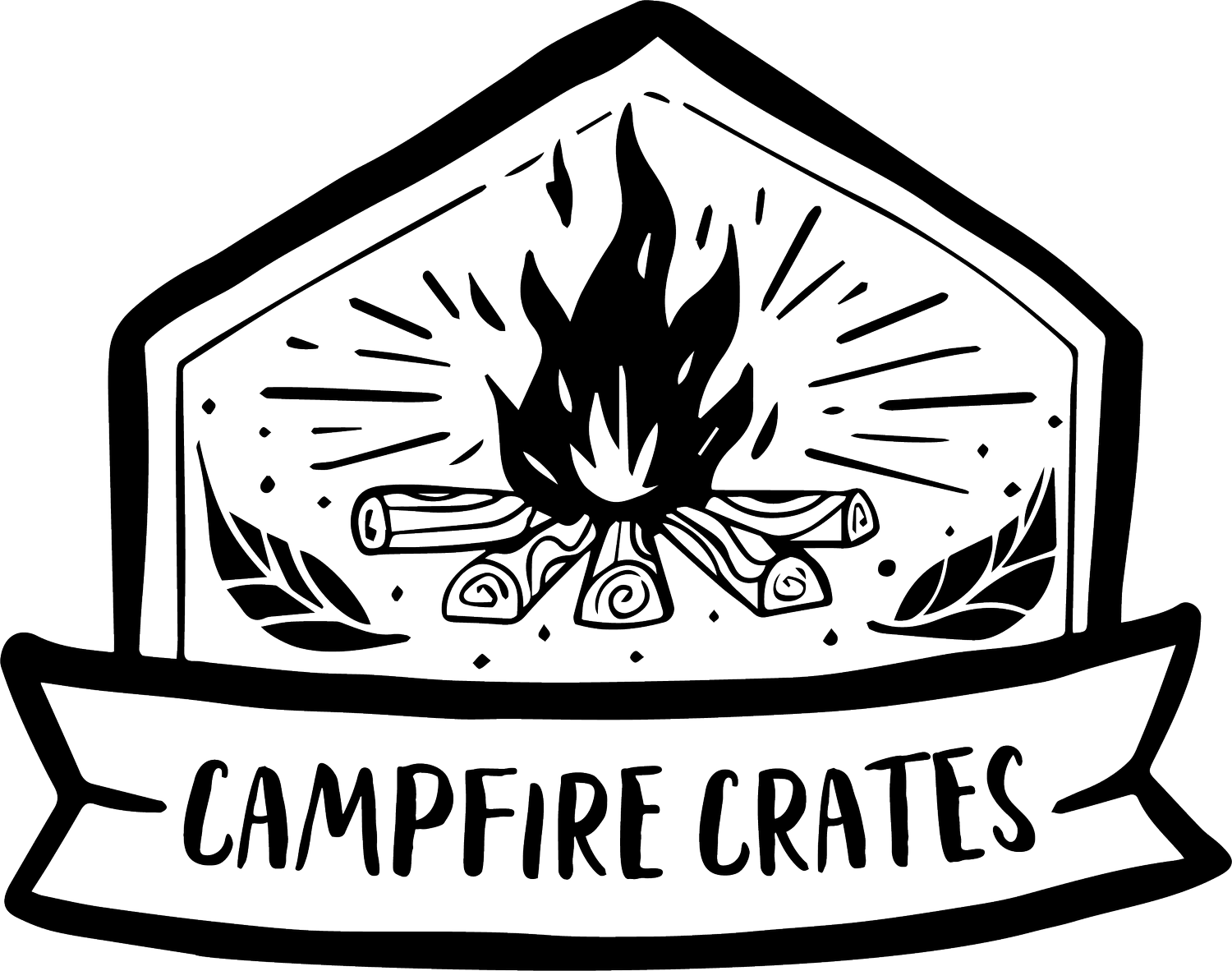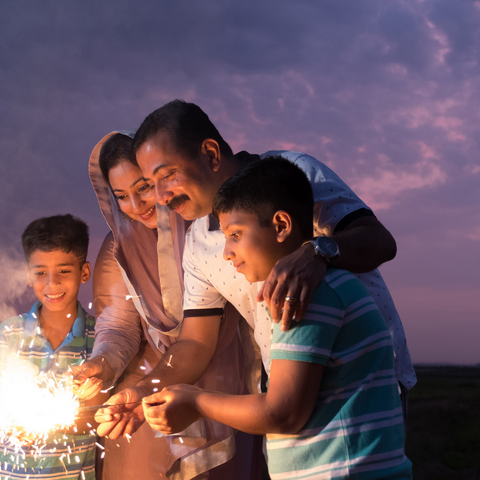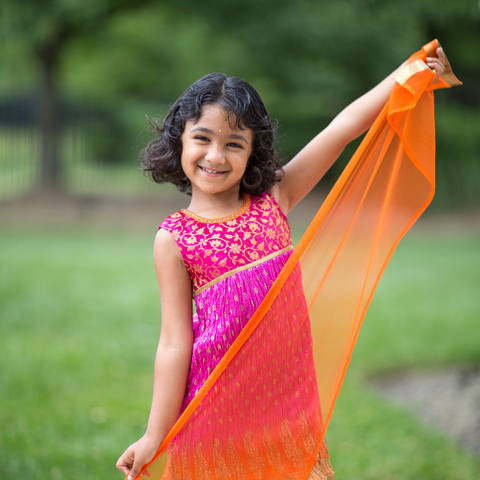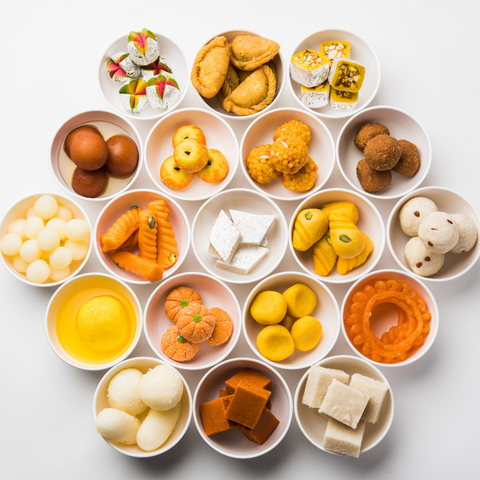Ultimate Guide To Celebrating Diwali With Kids
Celebration of Light and Life
The most-awaited festival of lights is just around the corner. Witness bright and vivid colors, eye-catching fireworks, sparkling lights, and delicious foods.
In this blog, let us all learn about India’s biggest and most important holiday of the year – Diwali. We will know what this celebration is for, how to celebrate it. And how this special event brings about the importance of family, community, and togetherness.
DIWALI: THE FESTIVAL OF LIGHTS
Diwali, the Festival of Lights is a festival celebrated by Indian communities all over the world. It is an important festival that originated in India.
The word Diwali is derived from the Sanskrit word “Deepavali” where “Deepa” means light and “vali” means row, thus, a row of lights. During this time, people decorate their homes with oil lamps (diyas), and lights.
Diwali is a five-day festival of lights which symbolizes new beginnings and the victory of light over darkness and good over evil.
WHEN IS DIWALI?
Diwali takes place annually and lasts for five days. It marks the start of the Hindu New Year.
The festival usually falls between October and November. The exact dates change every year and are determined by the position of the moon.
WHAT’S THE FESTIVAL ABOUT?
Diwali commemorates the safe return of Lord Rama and Sita after their 14-year captivity. People celebrate by lighting rows of light and clay lamps.
In southern India, they celebrate it as the day when Lord Krishna defeated the demon Narakasura.
For many people, Diwali is celebrated to honor the union of Lord Vishnu and Lakshmi – the Hindu goddess of wealth. People believe that the light and lamps assist Lakshmi to find her way into peoples’ homes. And that it brings prosperity for the coming year.
HOW TO CELEBRATE DIWALI?
Diwali is celebrated for five days. It starts with Dhanteras, which welcomes and honors wealth, prosperity, and good luck. People buy utensils and jewelry. It is said that metal pushes bad luck away and attracts wealth and prosperity.
After Dhanteras, next is Chhoti Diwali, Diwali Govardhan Puja, and lastly, Bhai Dooj which marks the end of this five-day celebration.
The preparation for this grand celebration begins when people clean their homes and office. They shop for gold, jewelry, or kitchen utensils that help bring good fortune.
The next day, people’s homes are lit up by “diyas”, and the outside is often decorated with electric lights. The interior of the houses is decorated with rangoli. They are design patterns added on the floors using colored sand or powders.
On the main day of the festival, families celebrate together for Laksmi puja – a prayer for the goddess Lakshmi. After offering puja and prayers, people light diyas, enjoy mouth-watering feasts, and light up fireworks.
On the fourth day, it is when families and friends visit with presents and best wishes for the new year and season. Govardhan puja is performed on this day.
The festival of lights ends with Bhai Dooj. It is when brothers visit their married sisters and welcome them with love and a delicious meal.
RECREATING DIWALI
Aside from the lights and legends, Diwali is the moment to bond and reunite with family and friends. People exchange gifts and sweets with one another. You gather around delicious foods, enjoy watching firework displays, and wear new clothes. You also get to clean and decorate your homes.
Diwali brings out the light and life to each one. It allows more time for family, food, and fun. It also shows the importance of family and togetherness.
Whether you are in India or any part of the world, you can still recreate the feeling and experience of celebrating Diwali. Campfire Crates allows you and your kids to create some of the staples of Diwali.
Learn how to make jar lanterns and rangoli, as if you are in India.
Experience the true essence of Diwali as a celebration of light and life.










